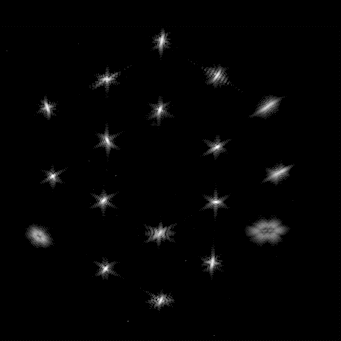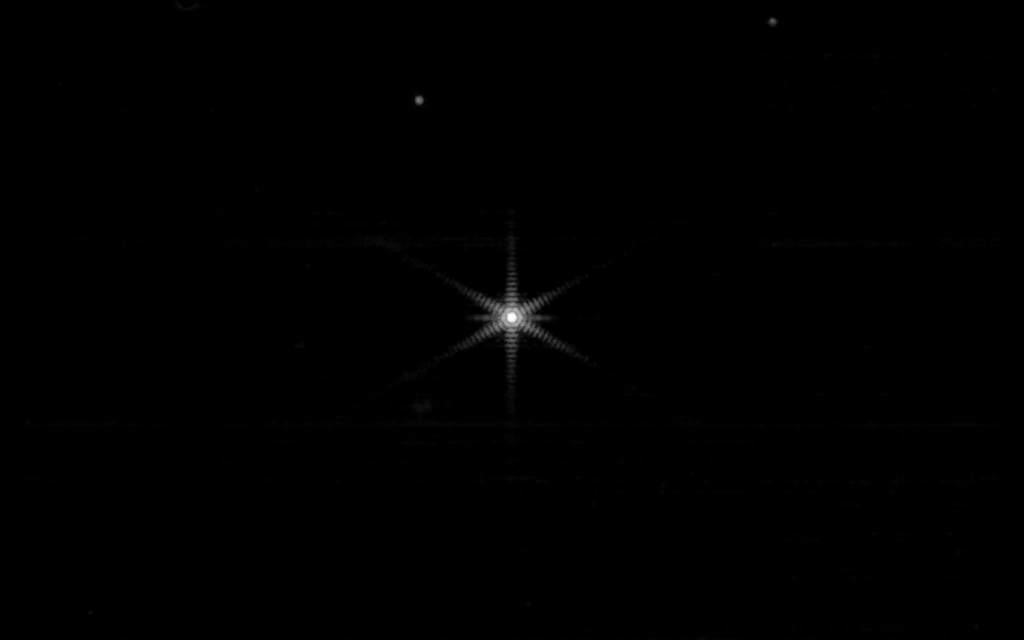It’s reassuring to know that a $10 billion (R154 billion) space telescope like James Webb shares DNA with terrestrial telescopes. If you stop paying attention to the challenges, what’s currently happening out LaGrange Point 2 isn’t all that different from sticking a laser collimator into a 10in Dobsonian.
Besides the fact that NASA’s using eighteen mirrors at once and is operating the ‘scope remotely from a distance of 1.5 million km. Other than that, it’s totally the same. It puts having to readjust a rear mirror in the cold while wearing gloves into perspective.
James Webb focuses on the job

NASA’s months-long task of bringing James Webbs’ mirrors into alignment is going well. The largest focusing errors have been accounted for, which gives us the collection of pinpoints in the GIF above. But these pinpoints mean that each mirror is still acting as its own telescope. NASA’s looking to produce views like our header image, which stacks all eighteen segments into one picture.
But the stacked image is still an artificially-produced picture. The geniuses over at NASA will further refine James Webb until those individual segments act as a single large mirror. That will produce images like the single sharp dot in the header image, without needing to stack individual views. It’s at this point that we’ll start seeing some really amazing optical views from the space-bound telescope.
But first, NASA’s Super-Advanced™ collimation must be completed. Lee Feinberg, optical telescope element manager for Webb at NASA’s Goddard Space Flight Center, said, “We still have work to do, but we are increasingly pleased with the results we’re seeing.”
“Years of planning and testing are paying dividends, and the team could not be more excited to see what the next few weeks and months bring.” The same goes for Stuff, Lee Feinberg. The same goes for Stuff.




